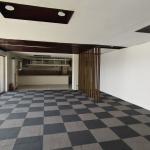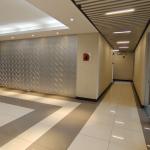
Average U.S. Rental Price Hits a Two-Year High

What’s Driving the Surge?
Several key factors are fueling this increase:
Reduced Construction of New Units
A slowdown in multifamily housing development—due to high material costs, interest rates, and labor shortages—has tightened housing supply.Steady Demand in Urban Areas
Renters are returning to cities in large numbers, drawn by jobs, lifestyle, and accessibility.High Home Prices & Interest Rates
With buying becoming less affordable, many are choosing to rent longer, increasing competition for available units.
Regional Hotspots
Midwest & Northeast: Cities like Buffalo, NY and Cleveland, OH have seen sharp rent increases in both apartments and single-family homes.
Sunbelt Cooling: Previously hot rental markets like Austin, TX and Phoenix, AZ have started to cool, with slight price drops as supply increases.
Richmond, VA: A prime example of the affordability gap—renters need an income of $68K/year to afford the average rent, yet local wages remain much lower.
The Affordability Gap Widens
Nationally, to afford the average monthly rent of $2,100, a household needs to earn at least $81,000 annually, far above the national median income for single earners. As a result:
More people are rent-burdened, spending over 30% of income on housing.
Some renters are downsizing or relocating to more affordable regions.
What’s Next?
Unless construction catches up with demand or significant rent control policies are enacted, prices may continue to climb in key markets. Experts emphasize the need for:
Faster permit approvals
Incentives for affordable housing development
Zoning reform to encourage higher-density projects











